Fast-Forward
The eleven most important and innovative components of the new Porsche Taycan.
Consumption data
Porsche Taycan Turbo
Electrical consumption combined: 26.0 kWh/100 km;
CO2 emissions combined: 0 g/km
Porsche Taycan Turbo S
Electrical consumption combined: 26.9 kWh/100 km;
CO2 emissions combined: 0 g/km
(as of 10/2019)
265 kW
maximum output of the recuperation system
5.8 millimeters
total thickness of the low-e glass in the Taycan's roof
0
number of welding points for the bulkhead cross member
Advanced Climate Control
At first glance, the air vents in the Taycan present a riddle: they lack the familiar fins. Nevertheless, air does flow in the desired direction. The airflow is made up of four individual and overlapping currents which, if equally strong, flow straight into the interior. If not, the direction of the strongest current prevails. This Advanced Climate Control system is a world first, with two fully automatic modes: “focused” for directional cooling and “diffused” for draft-free air conditioning. In the “individual” mode, each diffuser can be controlled separately and presets can be stored.
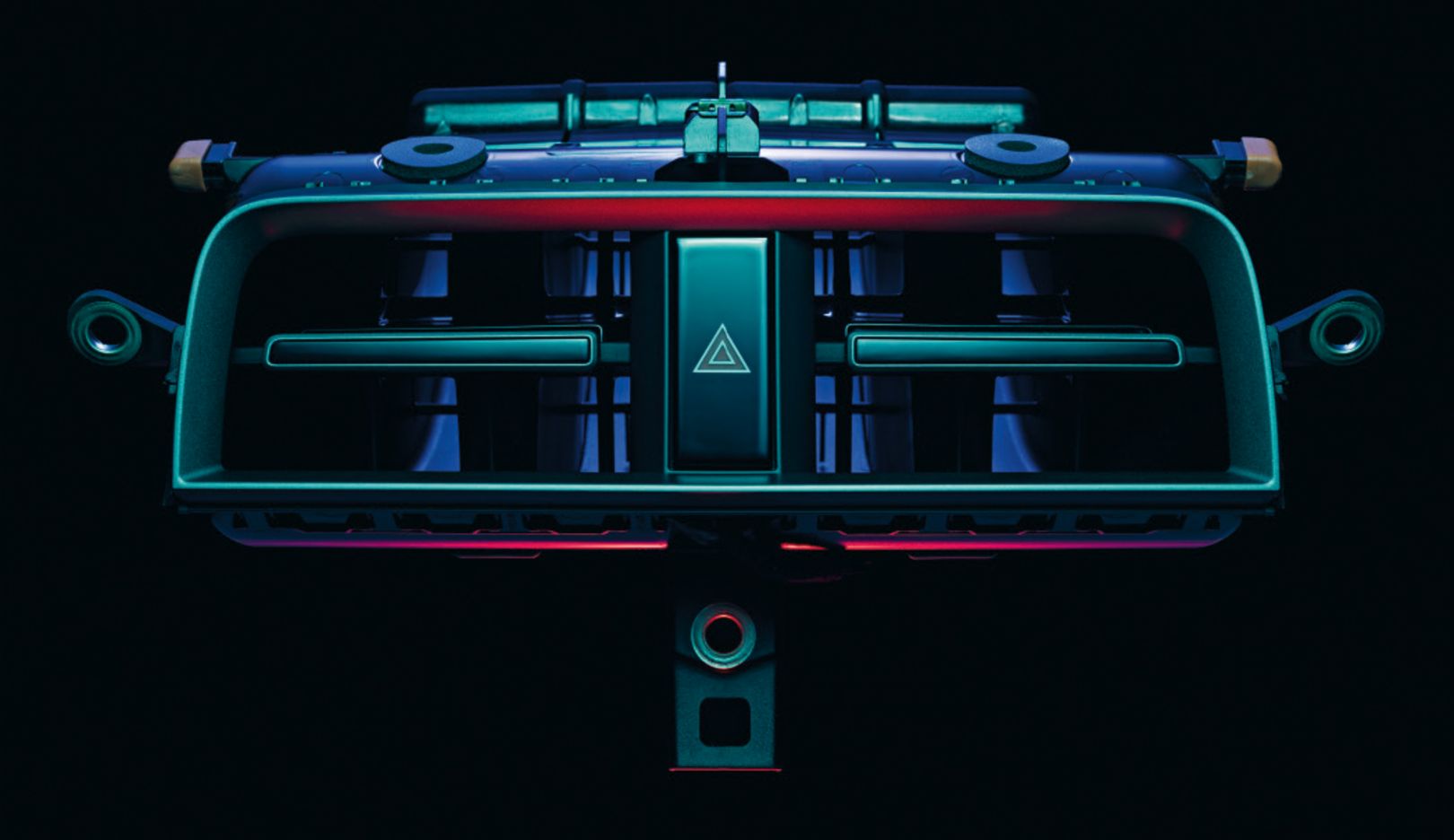
Foot garage
A low center of gravity and enhanced driving dynamics—this is the governing logic in the Taycan. Porsche developers achieved the effect not least through the extremely low-slung placement of the Performance Batteries Plus. This means that even with four or five people on board, the Taycan glides down the road as if on rails. A recess in the battery in the rear underbody—known as the foot garage—enables rear-seat passengers to enjoy a lower seating position and more legroom.
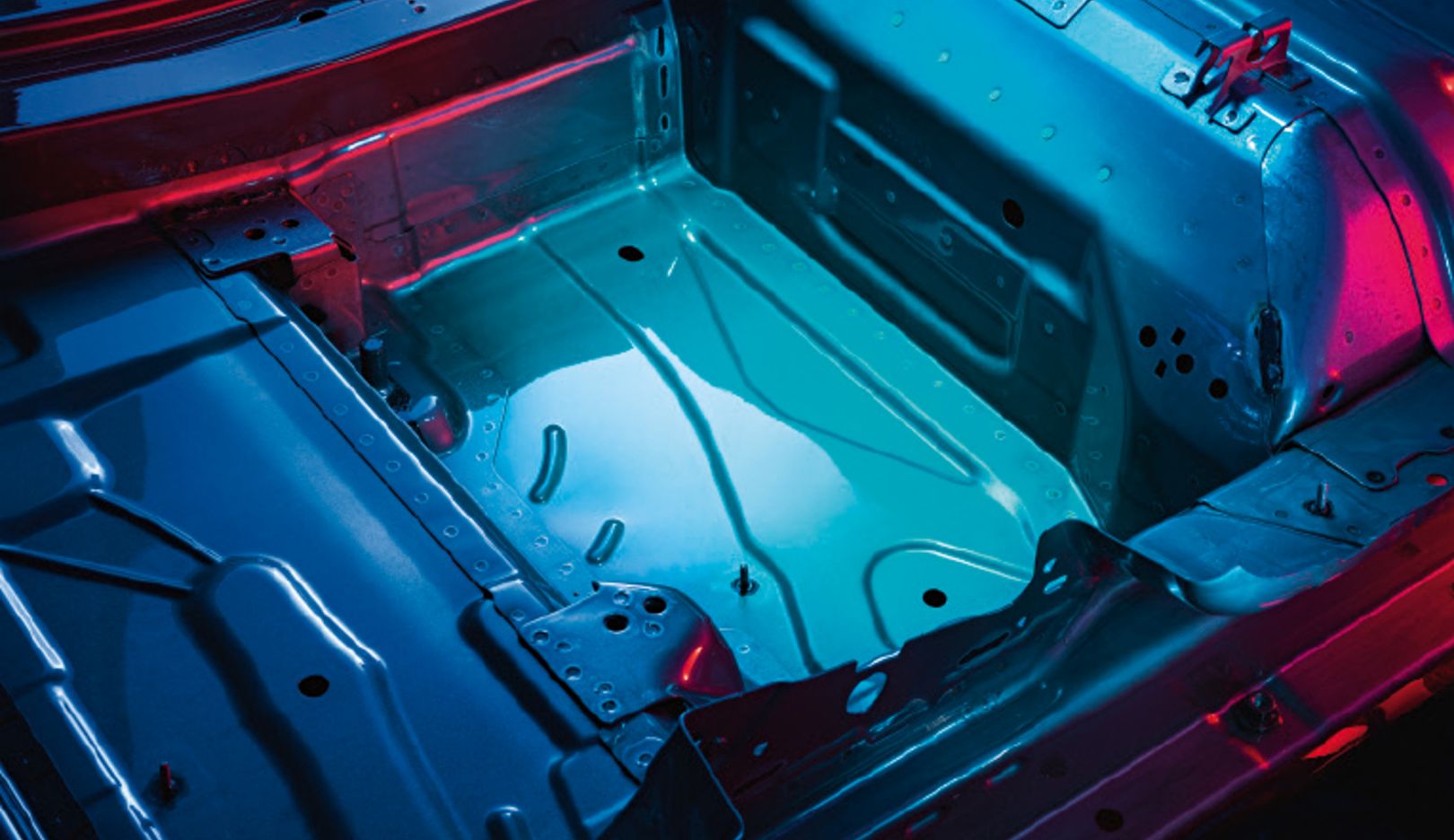
Thermal glass roof
The Taycan is optionally offered with a panorama glass roof whose roughly square-meter surface provides maximum headroom and a pleasantly spacious feel. There’s no sunblind, as the thermal properties of the glass (IR protection and low-emissivity coating) protect occupants against bright light and fatigue from heat buildup. The thermal glass does it all: it completely blocks UV radiation, significantly reduces infrared radiation, and boasts excellent noise-insulating properties. What’s new is the multilayered insulation and coating extending into the passenger compartment. These ensure that, on hot days and cold, and even in close proximity to the glass, the temperature feels like it does in the rest of the interior.
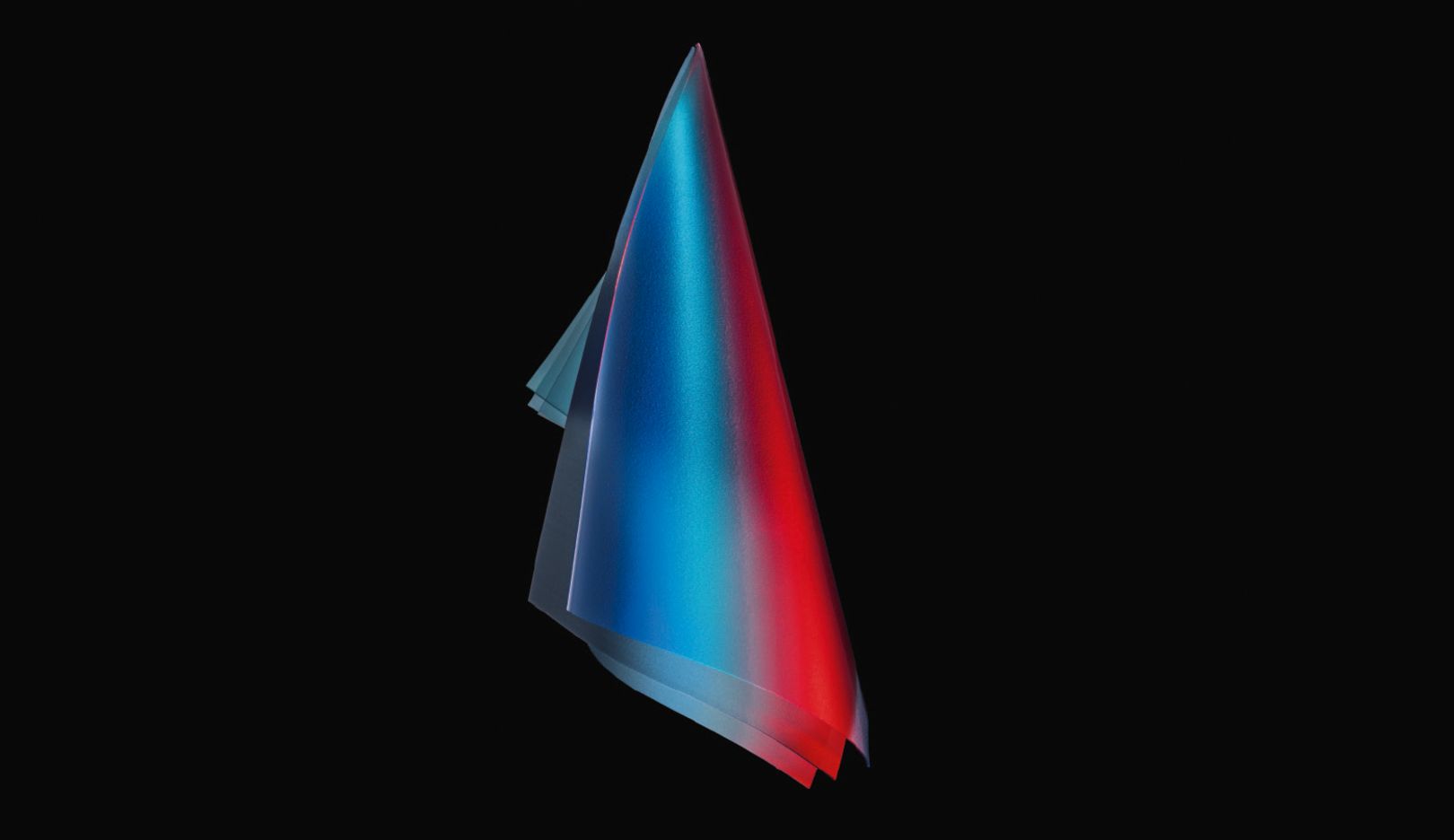
HV booster
Thanks to its 800-volt technology, the Taycan is designed to charge at 350 kW high-performance stations—faster than any other purely electrically powered vehicle. The charging time for 5 to 80 percent SoC (State of Charge) is 22.5 minutes, the maximum charging power (peak) is up to 270 kW. Thanks to the newly developed HV booster, it’s also possible to charge the Taycan at 400-volt DC charging stations at up to 150 kW. Porsche has achieved a much higher power density than with the DC/DC converters commonly used today; it’s the first time this technology has been used in the automotive sector.

Side sills
During the Middle Ages, fortified castle walls protected the occupants behind them from their enemies. As soon as one wall was breached, a second one awaited. This is precisely the principle employed in the Taycan’s exterior side sill section. Under the outer layer of sheet steel is an aluminum honeycomb structure that protects occupants like a mighty fortress. The production method: hot aluminum is pressed through a high-strength template, as if through a sieve, into a multicelled honeycomb structure. This extruded profile provides enhanced safety.
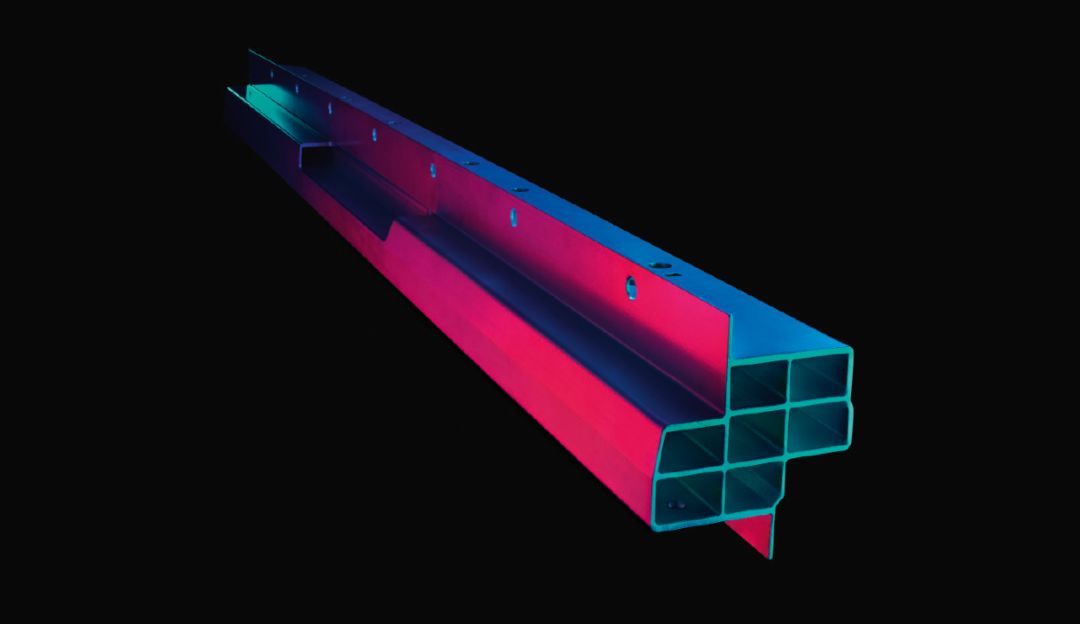
Porsche Stability Management module
Electromechanical brake booster
With the advent of e-mobility, one term is gaining in importance: recuperation, or the recovery of energy while driving. That which is otherwise converted into heat when braking or dissipates when the combustion engine is in overrun mode now charges the battery. The conventional one-pedal technology uses recuperation when the accelerator pedal is released. This is different in the Taycan. Here, the driver decides whether the Porsche coasts as efficiently as possible when the accelerator pedal is released, with recuperation only when the brake is applied; the friction brake is added once the electric braking effect is fully exhausted. Or whether the Taycan recovers moderate energy as soon as the driver comes off the gas—with the feel of an engine brake in a classic combustion engine. Recuperation is coordinated in a familiar component, Porsche Stability Management (PSM), which has been upgraded to meet the requirements of electromobility, and together with the electromechanical brake booster, ensures that the Taycan always has the same pressure point in the brake pedal, no matter how much energy it’s currently recovering. And that’s no mean feat because it can be up to 265 kW—every time the brakes are applied. In everyday life or on the circuit.
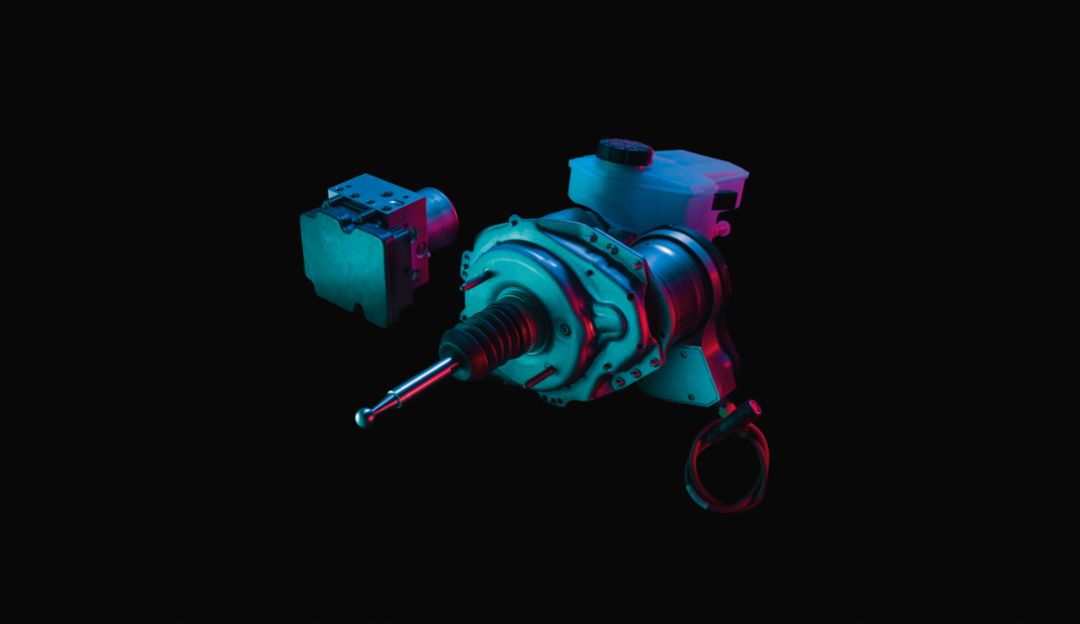
Two-speed transmission
The Taycan transmits its power to the rear wheels via a two-speed transmission—an innovation in electric vehicles. The first gear has an extremely short transmission ratio. One wheel revolution corresponds to fifteen revolutions of the electric motor. This generates maximum torque for outstanding acceleration in Sport and Sport Plus modes, in conjunction with Launch Control. The second gear, by contrast, has a significantly longer ratio and powers the Taycan to its top speed. The wheel-to-motor speed ratio in this case is just one to eight. The trick in the new gearbox: two ferocious clutches that open in succession (one with claws, one with plates) allow a gear change without the slightest traction interruption—an effect familiar to drivers acquainted with the Porsche double-clutch transmission (PDK).
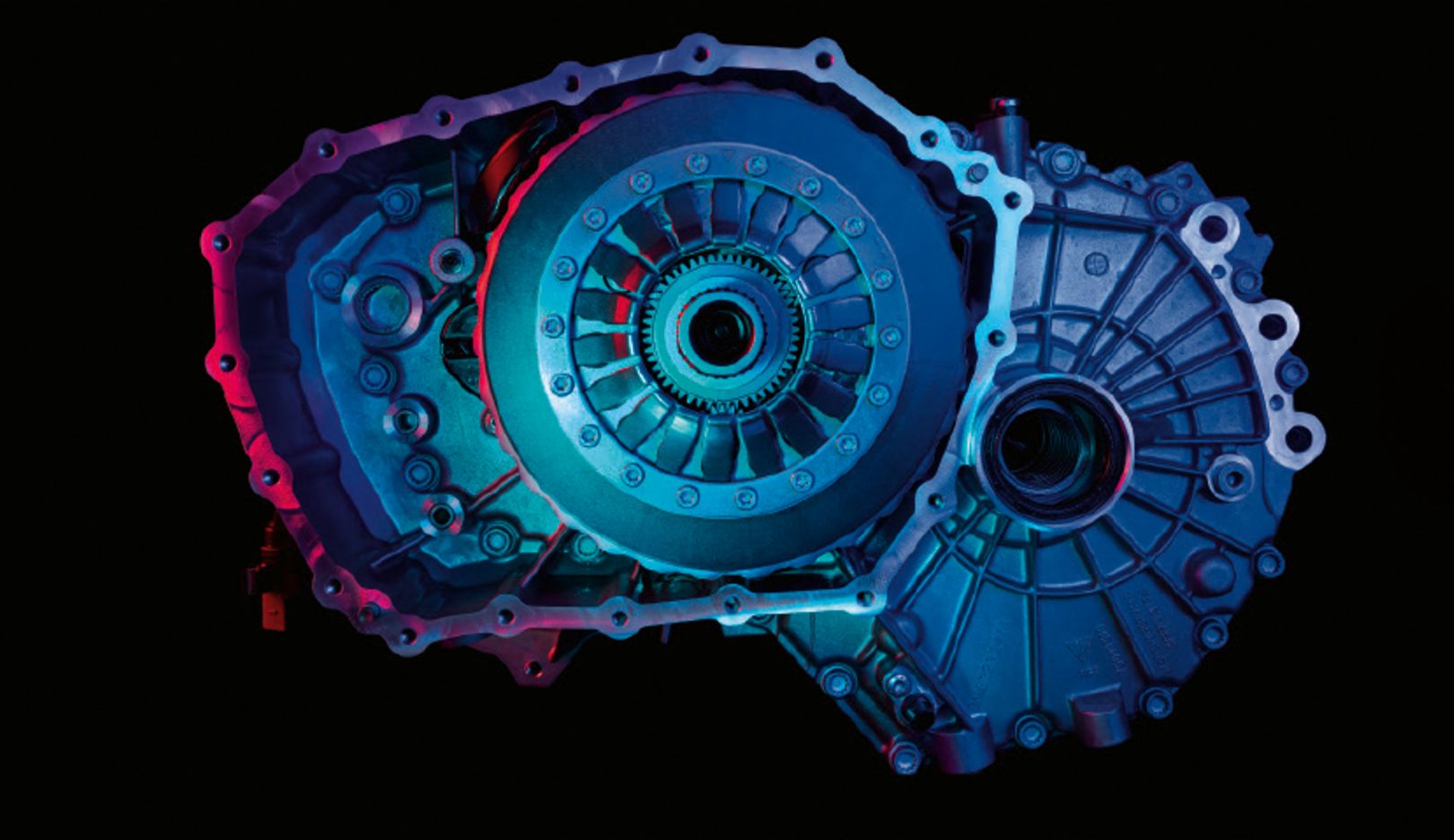
Bulkhead cross member
What makes a steel profile special? Behind the cockpit in the Taycan there’s a cross member spanning the entire width of the vehicle without a seam while still featuring different cross sections. One would normally manufacture such a piece out of two stamped parts or bend and then weld. For the Taycan, a heated pipe is placed in a holding device and enclosed by a mold. Gas and water are then pumped under pressure into the hollow steel profile. It expands and takes on the shape of the surrounding shell. The advantages: a stronger component manufactured in fewer work steps.
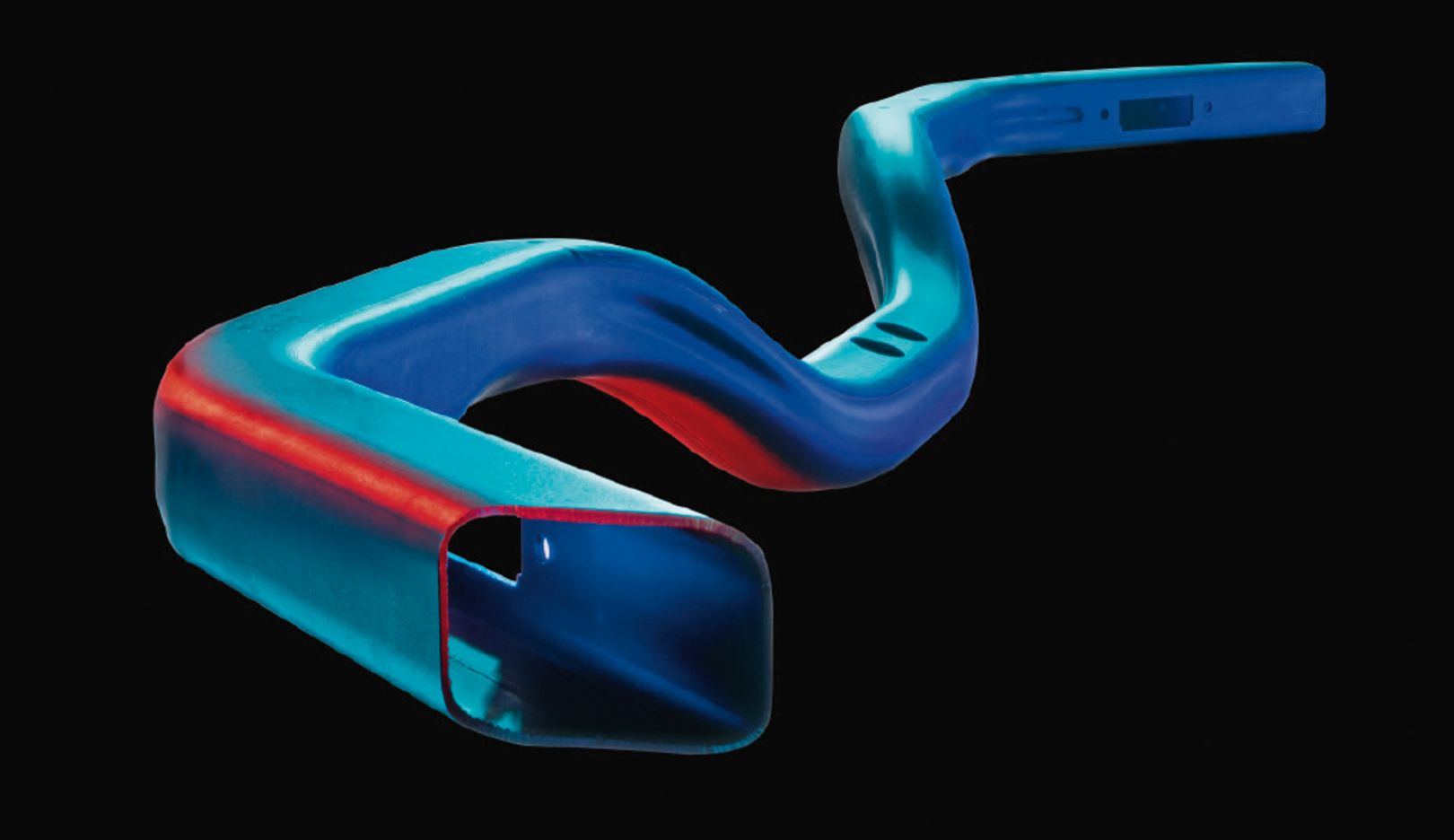
Charging connection and high-voltage cabling
Flexibility is everything. The Taycan has two charging sockets—one on the driver’s side for AC charging and one on the passenger side for AC and DC charging. The charging socket is hidden in the front fender on the right and on the left behind a charging flap. This is optional in the Taycan Turbo and standard in Taycan Turbo S as an electric charging flap.
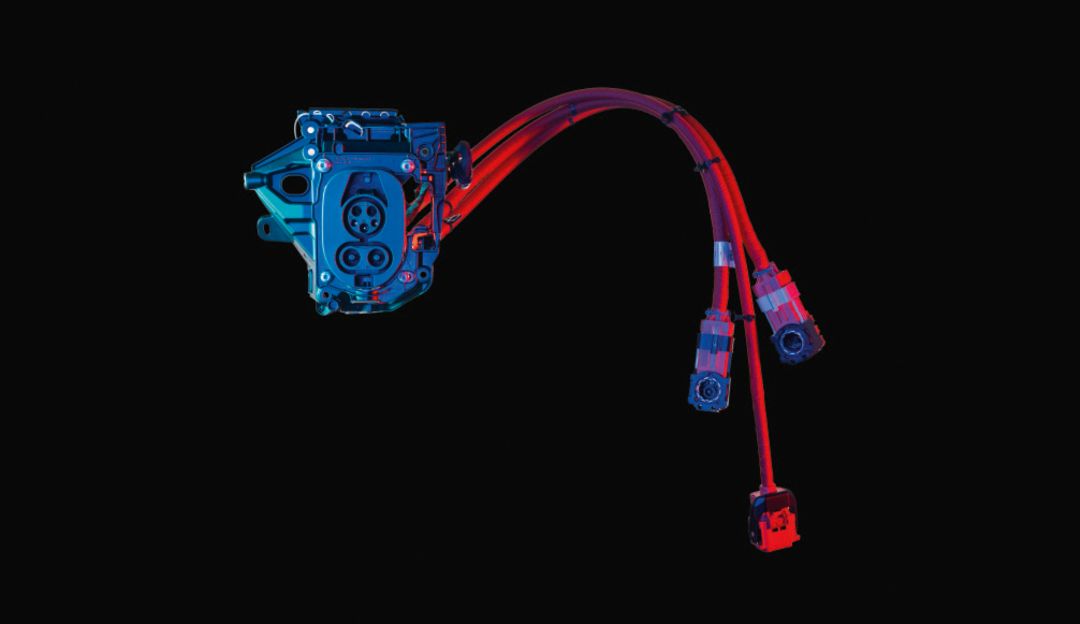
Stator with hairpin technology
Every electric motor consists of a rotating rotor and a fixed stator with a wound, insulated copper wire. Until now, such windings have resembled rather haphazardly rolled-up cable reels. Things are more orderly in Porsche’s hairpin technology design. Thin, copper profile strands reminiscent of hairpins coalesce to form practically gapless windings. The result is a compact electric motor with less weight and significantly increased copper content in the stator, which creates enhanced heat dissipation and increased efficiency for greater range and constant performance.



